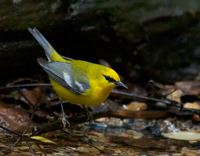
April 16 - High Island
| Home |
| April 15 - Anahuac NWR |
| April 16 - High Island |
| April 17 - Bolivar Peninsula |
| April 18 - Big Thicket |
| April 19 - High Island |
| April 20 - Austin |
| Bird List |
| Resources |
So we hit the road around 7:30 AM, with time for another very productive pass through Anahuac NWR before visiting High Island. Turns out it's not high; only about 15 feet above sea level. It's not an island; it's at the base of the Bolivar (pronounced "buhl-i-ver") Peninsula. And it is surrounded by oil wells. And hard economic times look like they have come to High Island. But the birding in the two major woods is very good. So for the three or four weeks of spring migration, High Island is booming.
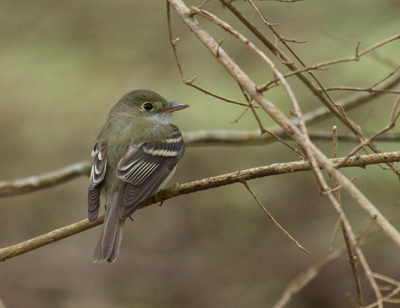 Acadian Flycatcher, Anahuac NWR |
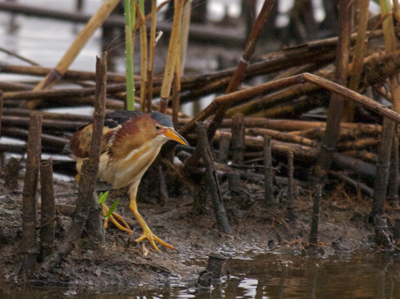 Green Heron, Anahuac NWR |
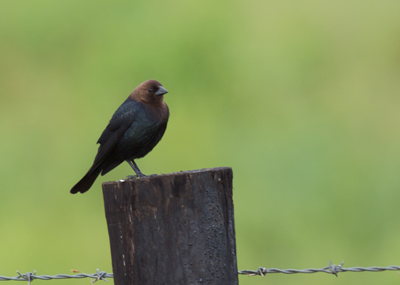 Brown-headed Cowbird, Smith Oaks |
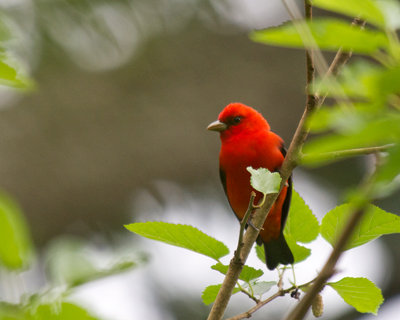 Scarlet Tanager, Smith Oaks |
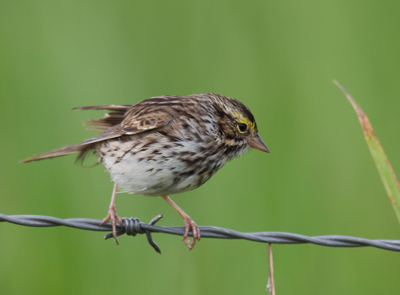 Savannah Sparrow, Anahuac NWR |
 Grey Catbird, Smith Oaks |
 Great-tailed Grackle, Anahuac NWR |
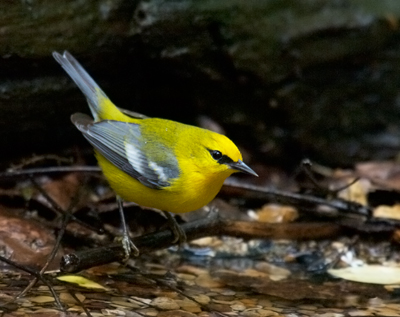 Blue-winged Warbler, Boy Scout Woods |